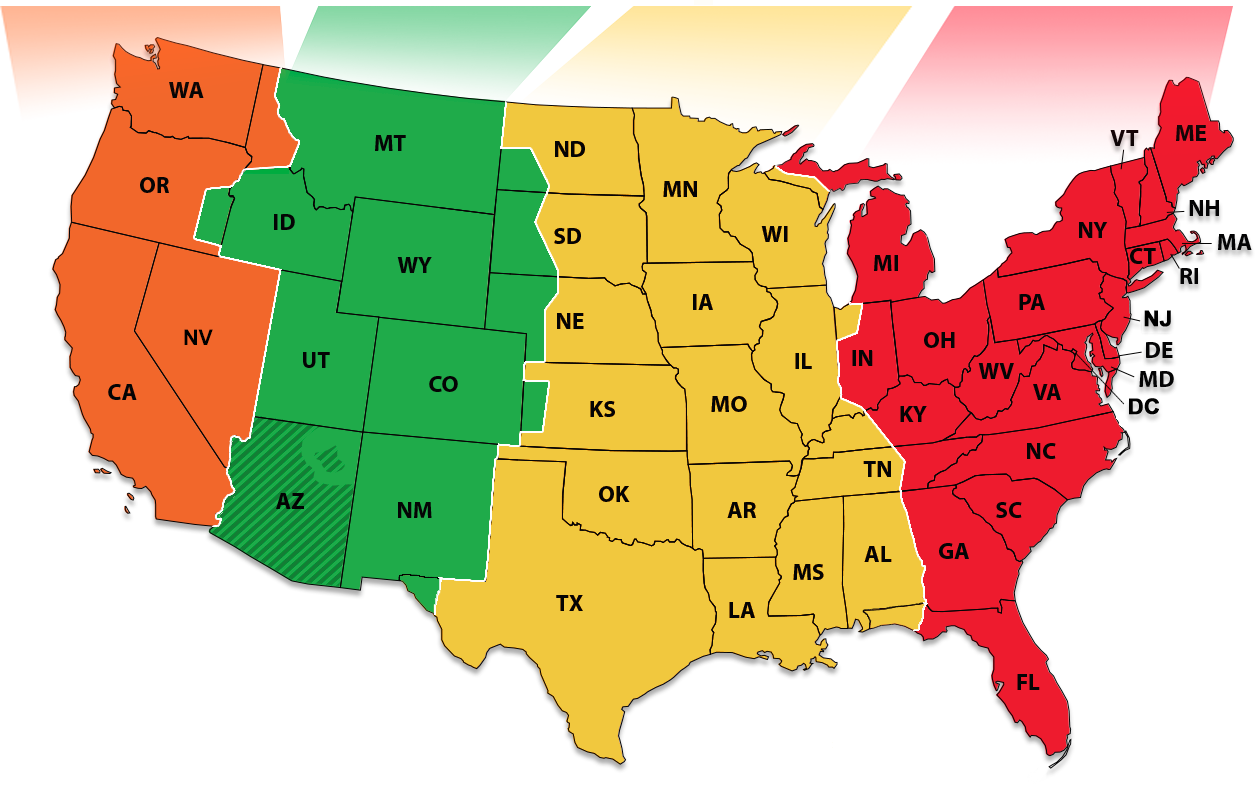
This effect can leave you feeling wired at night and sleepy during the day.Īdditionally, the length and direction of travel across time zones will have a bigger impact the farther you go. In other words, your internal clock no longer matches up with the light cycle in the new time zone, meaning your energy levels will correlate with the time zone you came from rather than the one you’re in. “The changes in photoperiod desynchronize our circadian rhythm when we travel across different zones,” says Weiss. But the biggest cue is what’s known as photoperiod, or the duration of natural light between sunrise and sunset. Carleara Weiss, a member of the American Academy of Sleep Medicine and sleep advisor to Pluto Pillow. “It uses environmental and behavioral cues to understand the time of the day - for example, the timing of sunrise and sunset, the time we eat meals, the work schedule, exercise,” explains Dr. This is the system that dictates when you feel tired and when you feel awake and alert, and it’s synced to the time zone where you live. It all comes down to that amazing mechanism - your circadian rhythm. Why Is It Difficult Adjusting To Different Time Zones?
#NEW TIME ZONE CHANGES HOW TO#
But all is not lost! We asked a few sleep experts how to adjust to different time zones so you can get your sleep/wake cycle back up to speed. And that can have pretty cascading effects, at least for a few days. Your body’s circadian rhythm is working based on the time at home, not local time. The time change in the USA always takes place at 2 o'clock of the respective local time.If you’ve ever found yourself wide awake in the middle of the night (or ready to snooze mid-afternoon) after traveling from one time zone to another, you’re intimately familiar with jet lag. Unlike Europe, for example, the clock is turned on the same night, but not at the same time. Only Hawaii and most of Arizona remain on standard time all year. It always begins on the second Sunday in March and ends on the first Sunday in November. Today, daylight saving time is introduced on the same day throughout the country. However, it was not implemented until 1918 during the First World War. Daylight Saving Time in the USA Earlier than in most other countries, daylight saving time was introduced by Benjamin Franklin in 1784. Together with Wake Atoll (UTC+12), they are on the other side of the International Date Line. Guam and the Northern Mariana Islands are in Chamorro Time (UTC+10).American Samoa received its own time zone, which today also includes the atolls Midway and Palmyra, as well as Kingman Reef.Puerto Rico and the American Virgin Islands with Atlantic Time.Outside these areas, there are other territories of the USA with their own time zones as well: Later, Alaska and Hawaii also got their own time zones. In northern Arizona, there are even areas that don't even switch to daylight saving time. As many as 14 of the 50 states have two time zones. Pacific Standard Time It is worth noting that the time zones are not always aligned with state boundaries.Thus, to this day, the Ministry of Transport is responsible for the allocation of time zones and the timing of time changes.įour standard times were initially introduced in the contiguous continental United States: This was a real challenge, especially for transportation and railroads. And not even that could be reliably measured with the methods of the time. Each place set its own time based on the position of the sun.

Since November 1883, there have been uniform time zones in the United States - before that, there was a jumble of over 300 different times and even more zones, which already varied from city to city.


 0 kommentar(er)
0 kommentar(er)
